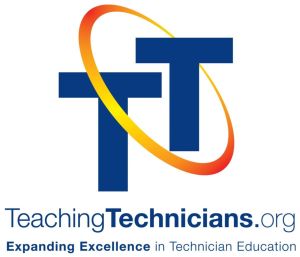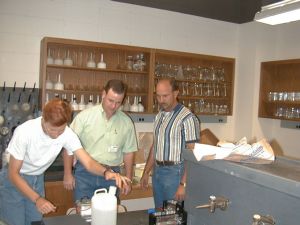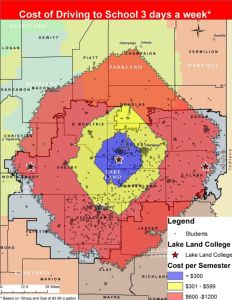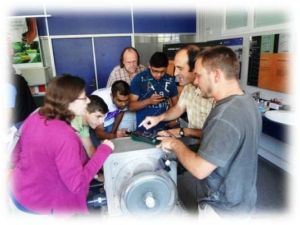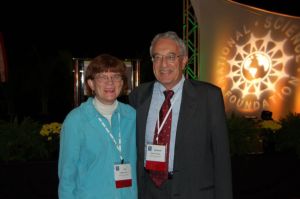Welcome to the ATE@20 blog.
Our blog celebrates the 20 years of innovations and other accomplishments that the Advanced Technological Education (ATE) program has generated at community colleges, secondary schools, and universities around the nation. We have several ambitions for the blog.
By telling ATE's success stories we hope to inform educators, students, parents, and industry partners about the ATE program and expand the ATE community's robust partnerships. The blog is available for ATE centers and projects to use on their websites and in their newsletters.
By utilizing the blog's interactivity, ATE Central hopes to gather information for the ATE@20 book it is publishing this fall. We hope this interactivity enhances the collaborations that have been a hallmark of the ATE program since it began.
The launch of ATE@20 comes 20 years after NSF began planning the Advanced Technological Education program. ATE itself was an innovation for the National Science Foundation, though one Congress asked NSF to create rather than one NSF sought.
A Little History to Start
This first blog entry provides a brief summary of the ATE program's early history. The backstory focuses on the involvement of Gerhard Salinger and Elizabeth Teles in shaping the program that has become the National Science Foundation's largest investment in community colleges.
Congress passed the Scientific and Advanced Technology Act known by its acronym, SATA in October 1992. President George H.W. Bush signed the legislation on October 23, making it Public Law 102-476. Its sponsors included North Carolina Congressman David Price and Maryland Senator Barbara A. Mikulski. Price, a Duke University political science professor before his election to Congress, wanted the NSF to support workforce issues in a way that complemented Department of Education tech-prep activities and Department of Labor short-term training. Mikulski, a social worker before she began her political career on Baltimore's City Council, wanted government investments in high tech fields to include economic development for diverse populations.
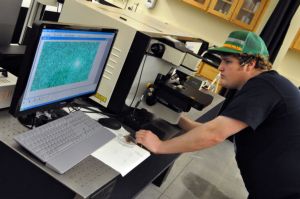

 Subscribe
Subscribe


